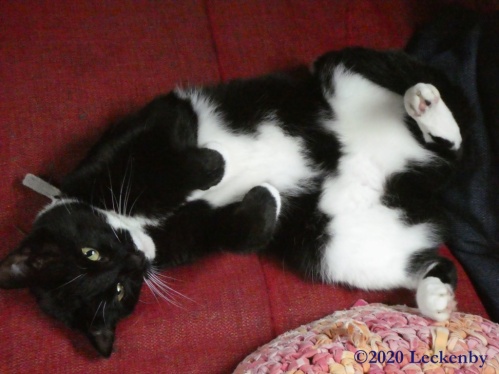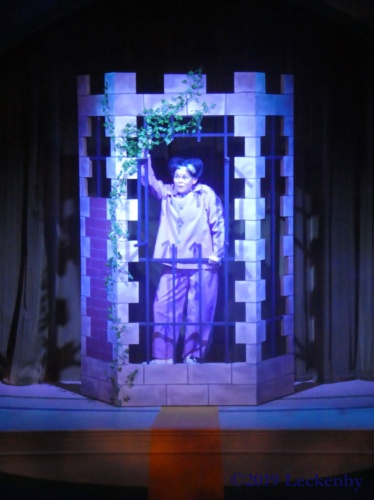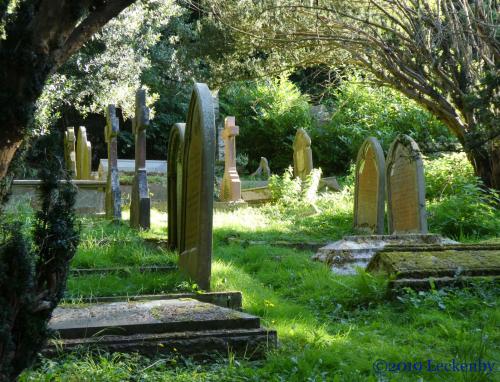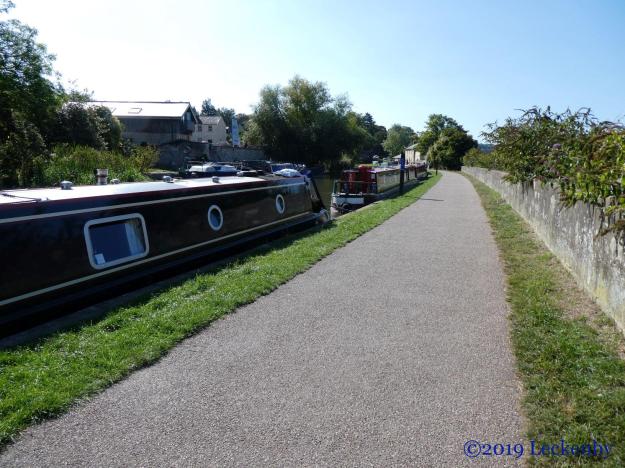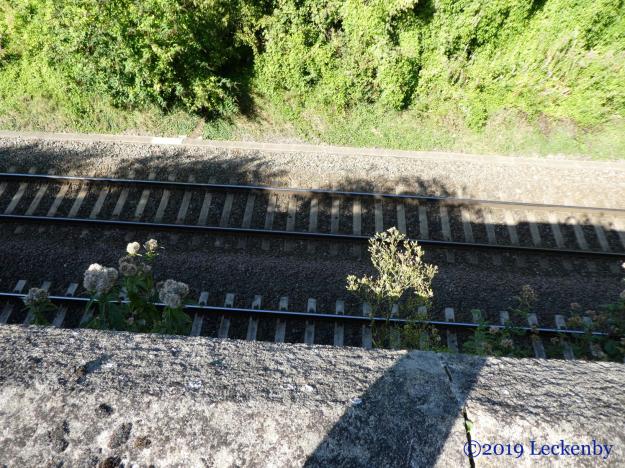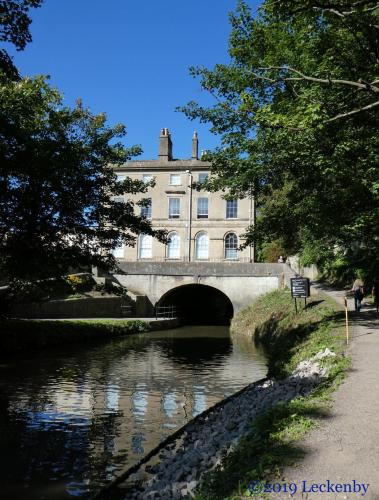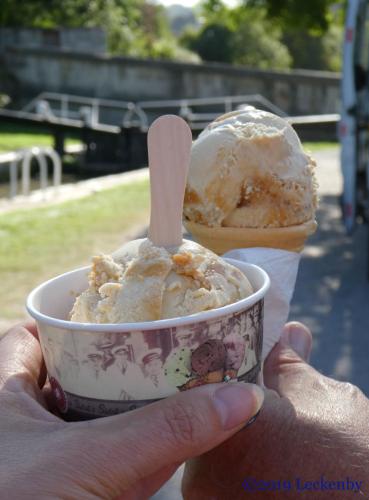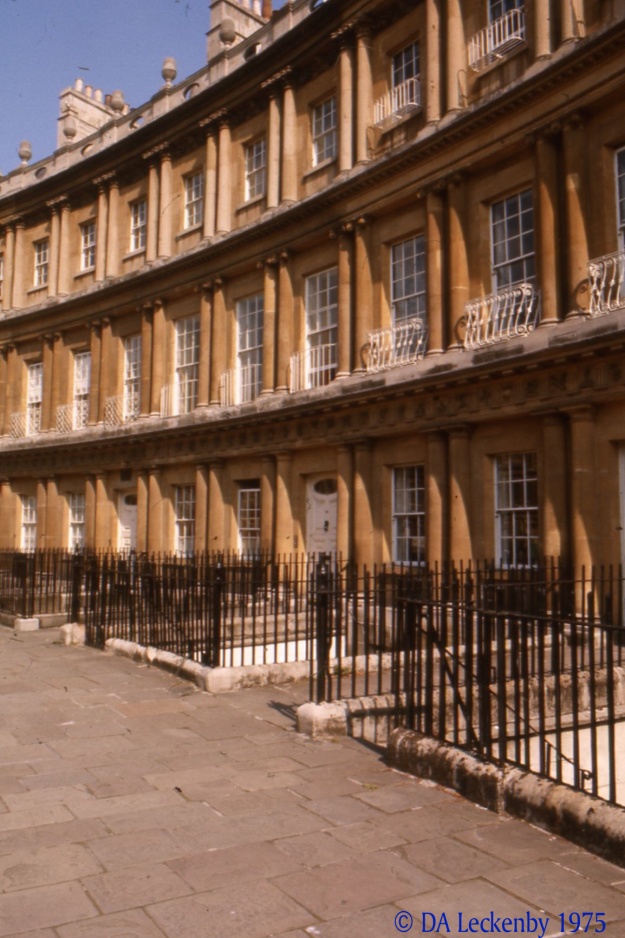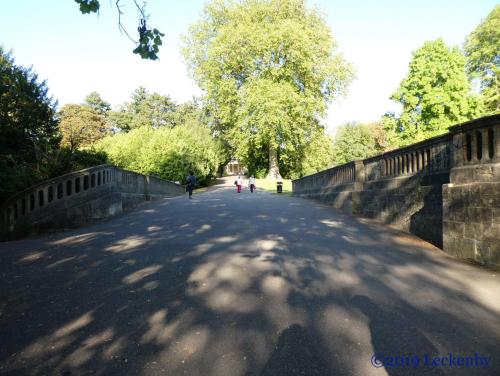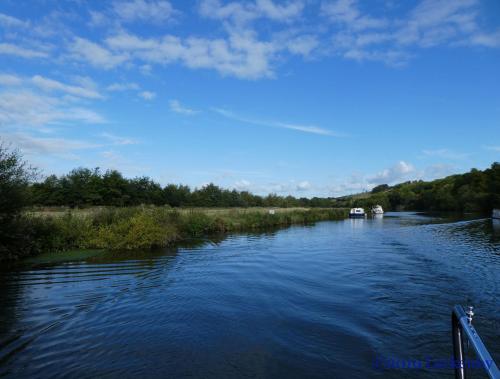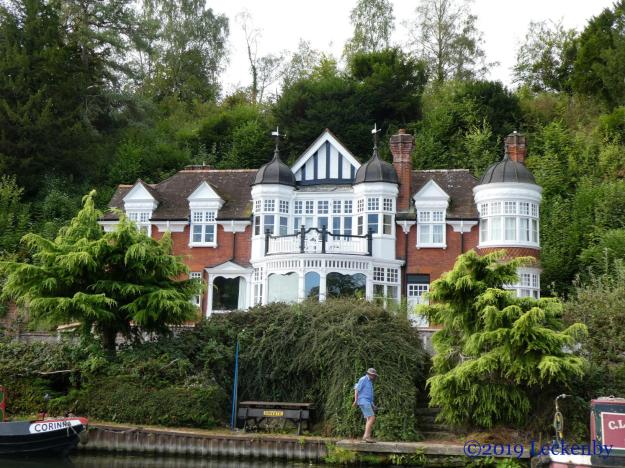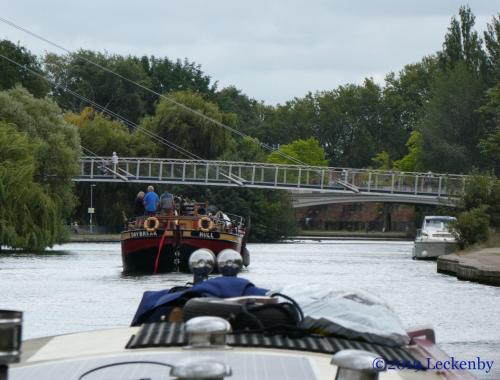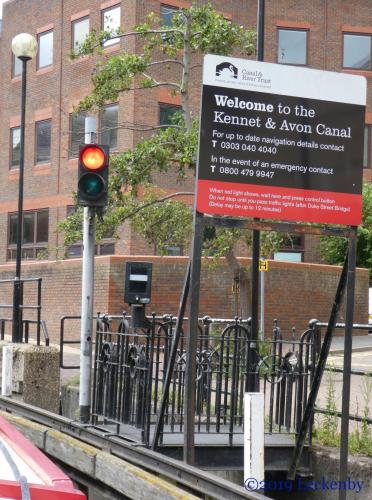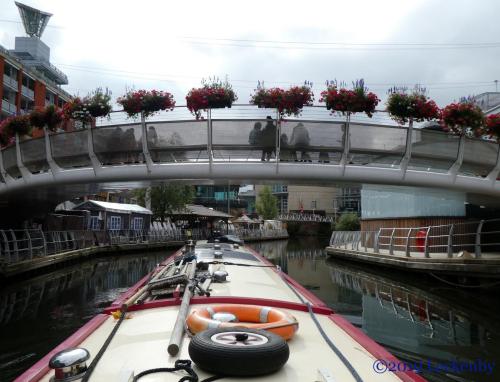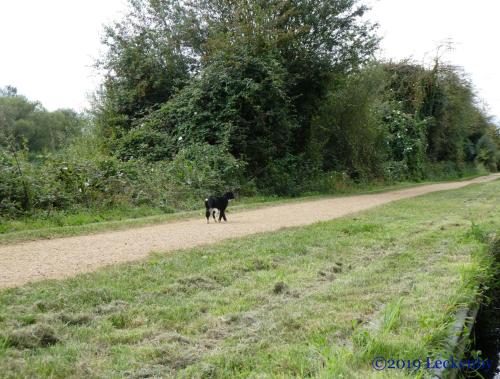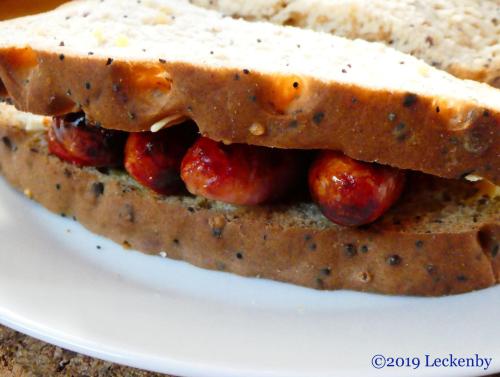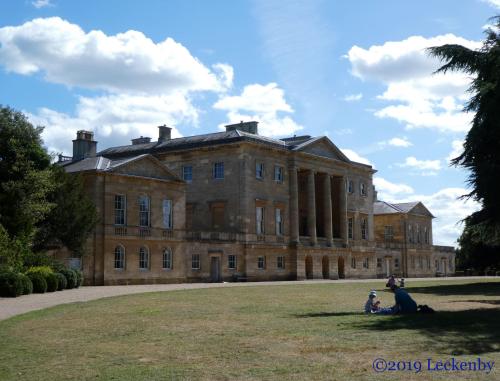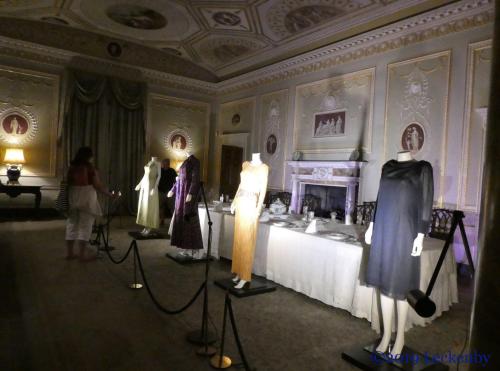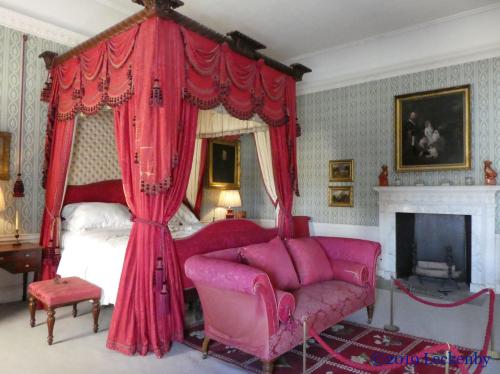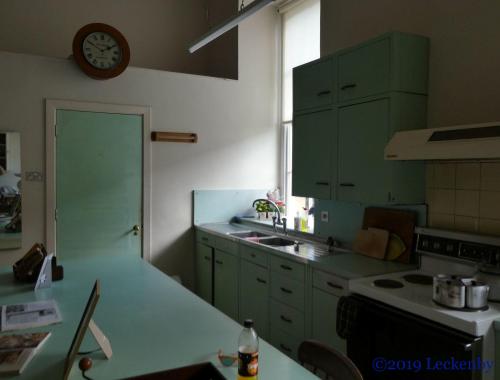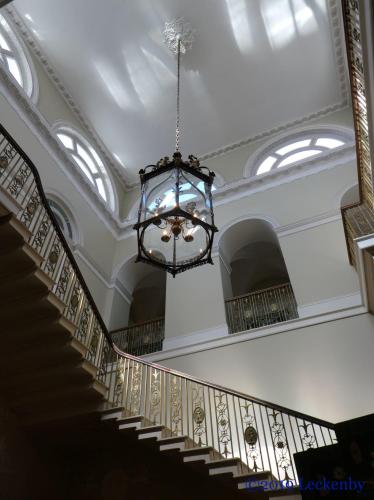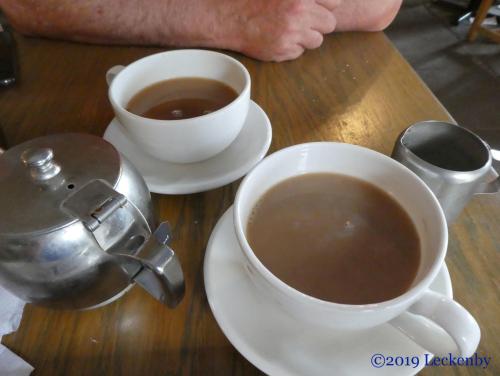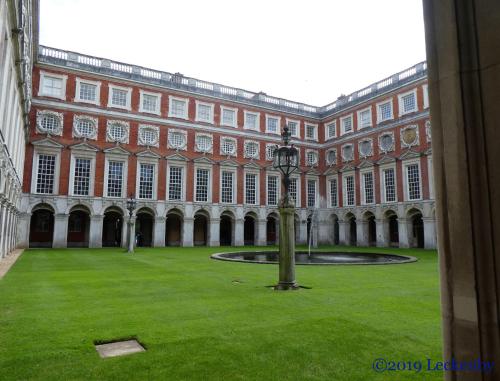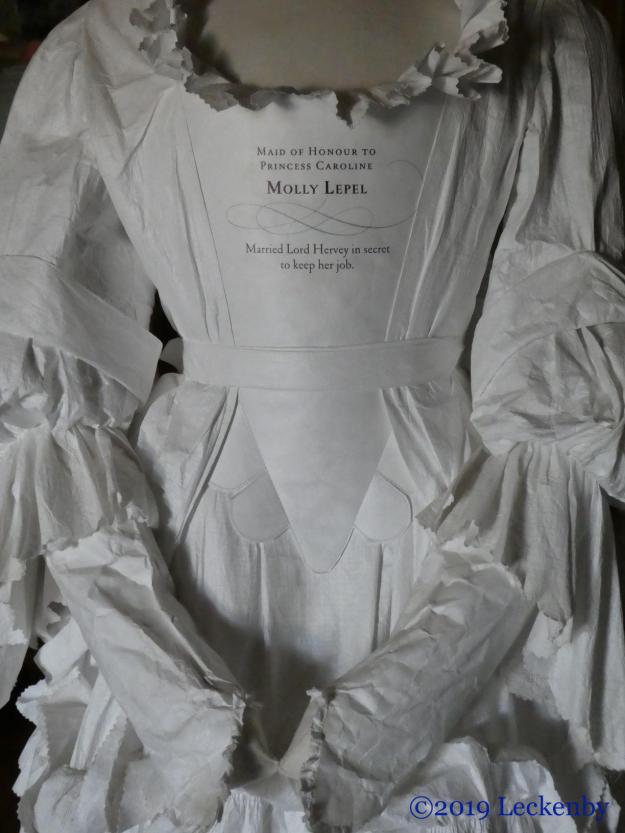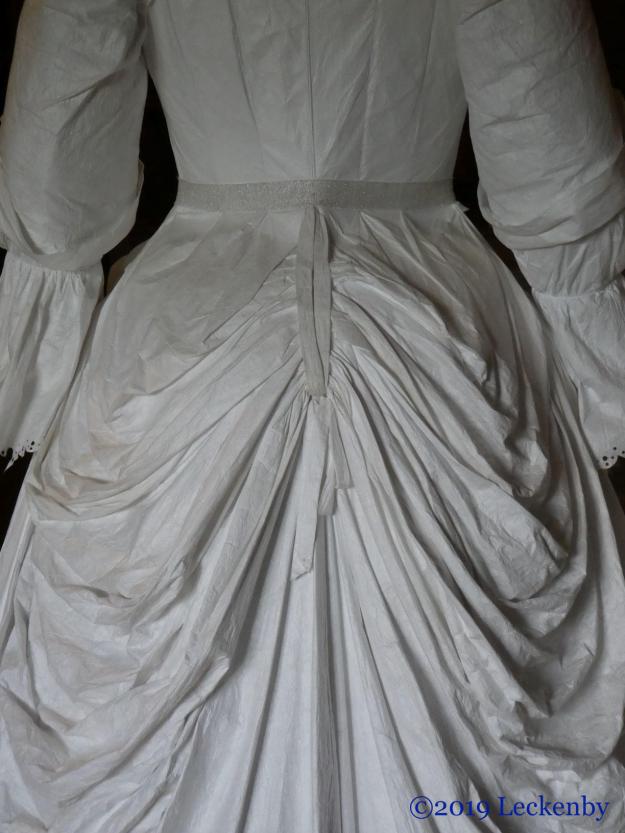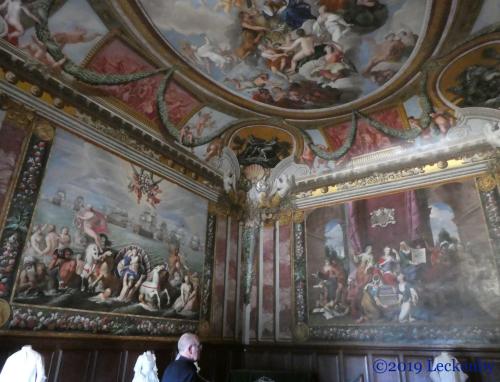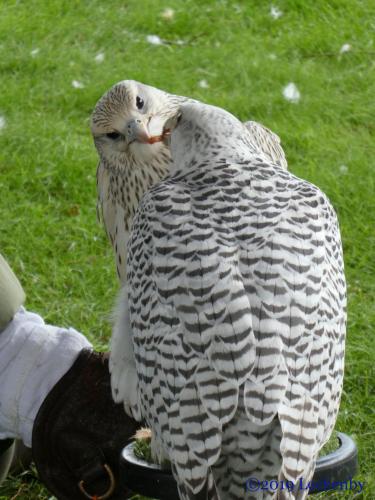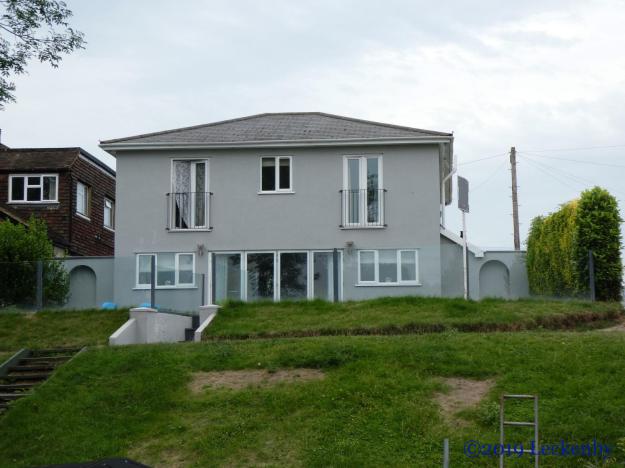Cooper’s Bridge 80 to Basin Bridge, Stockwith
Another misty start to the day, glad we wouldn’t be out on the river this morning. Instead we walked into the village to pick up a few bits and bobs.

Queen Elizabeth II now looks very faded covering up one of the windows of the Victoria Institute. Quite a lot seems to be happening here, a new roof and woodwork stripped back, hopefully it will have a new life sometime soon.

A look inside the butchers. I decided not to purchase two lamb steaks to make some Misterton Lamb, that can wait for when we’re back later in the year. Mick however purchased a pork pie to have for lunch over the next few days. Next a call into the Co-op. Cheap bananas perfectly ripe for us, the one’s onboard Oleanna can ripen a touch more, if we’ve too many I’ll find a banana and oat loaf recipe that hopefully won’t be too fattening.


We sauntered up the road a little more to the Methodist Chapel, it’s iron gates were in memory of the local blacksmith. The local dancing school have taken over what we thought had most probably been the original Co-op. Was the carved stonework familiar from other Co-ops? I’ve had a quick look back through photos of Macclesfield and Saxilby thinking that might be where we’ve seen them before, but no.

Back to Oleanna and it was time to make a move back towards West Stockwith. I walked ahead to set the locks, the top one empty the bottom half full, we’d had a boat come past us earlier today, but they must have been moored above the locks last night as the sides were bone dry. We dropped down them trying to avoid jamming reeds behind the gates.
Mick headed onwards to pull up on a different length of armco to keep Tilly guessing whilst I closed up the lock and had a catch up chat with our friend Frank back in Scarborough.
Yep this outside looks suitable. Lots of sideways trees, trees to climb and plenty of friendly cover to keep me busy for AGES!! Tilly was happy, and that’s all that mattered.
I’d not managed to do all my walking for the day, so plotted a route round on the River Idle. I first checked the visitor mooring in the basin. If it was free, once evening dingding had been rung we’d move up to fill with water and be closer to the lock for the morning, another earlyish start. But NB Airbourne was in the space we’d hoped for, we’d have to fill up somewhere else tomorrow instead.

The River Idle Flood Gate was open by a few feet as I passed looking for the footpath on the northern bank of the river. However it looked to be going through someone’s garden so I opted for the southern bank instead. But before that I had a look inside St Mary the Virgin Church, a Georgian church perched on the river bank built in 1722 by the trustees of William Huntington on the site of his old shipyard. It has been restored several times and has recently had a new roof courtesy of the village, this summer there will be a celebration of the completion of the latest restoration.

I followed the river bank, past the two flood gates to the Pump House. Here either side of the Mother Drain stand two pump houses which were used to drain the surrounding land, they were the first steam powered pumps to be used outside the Fens. The first was built in 1828 and was known as Kate after the engine it housed. The one engine couldn’t cope with all the water it had to move so a second pump house was built, called Ada in 1839. They both became redundant in 1941 when the drainage system was reorganised to go to Gringley.

The buildings were derelict for many years until in the 1990’s they were converted into a dwelling. Now you can stay in either the Pumphouse Forge or the Pumphouse Artists Studio. My walk then returned to the canal and back to Oleanna.
Part of the Fund Britain’s Waterways flotilla ascended Foxton Locks today, the other part enjoyed cake with the volunteers at Kilby Bridge. Down to one boat in a lock at a time.
In other news , our friends Paul and Christine Balmer have reluctantly put their narrowboat Waterway Routes up for sale with ABNB this week. Paul will still be producing his very detailed maps, but no longer travelling the waterways on their own boat. I strongly suspect they will have kept a windlass each and may appear as if by magic like the shop keeper in Mr Ben and help at the occasional lock flight given half the chance, especially if there’s some apple flapjack on offer!
2 locks, 1.3 miles, 1 cat fooled into having a new outside, 1 pork pie, 6 bananas, 1 loaf bread, 5.56 miles walked, 49 minutes briskly, 0 water, 2 pumphouses, 4 chickpea chapatis, 2 dollops dhal, 1 Mrs Tilly stamp of approval, 1 much loved boat for sale.













































